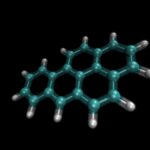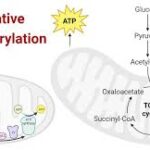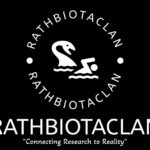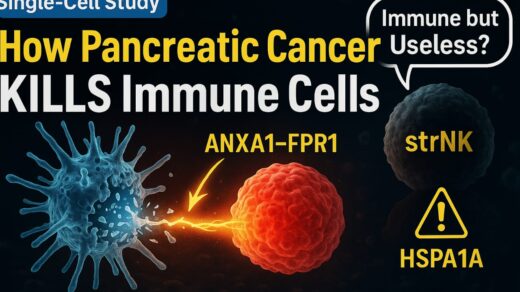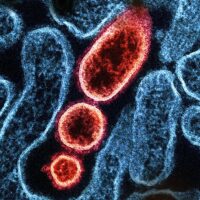Exploring ATP:
The Fundamental Energy Currency of Cellular Life
Introduction
Adenosine triphosphate (ATP) is an indispensable molecule within cells, often likened to a universal currency due to its pivotal role in energy transactions. It serves as the primary energy carrier, facilitating crucial biochemical processes essential for cellular function and survival.
Structure of ATP
ATP is composed of three main components: adenine, a nitrogenous base; ribose, a five-carbon sugar; and a triphosphate group consisting of three phosphate molecules linked by high-energy bonds. In its active form, ATP is frequently associated with magnesium ions (Mg2+) or manganese ions (Mn2+), which stabilize its structure and facilitate enzymatic reactions.
Energy-Rich Molecule
The energy currency of ATP resides in its phosphoanhydride bonds, particularly the bonds between the phosphate groups. The hydrolysis of these bonds releases a significant amount of free energy, approximately -12 kcal/mol (-50 kJ/mol) under standard cellular conditions. This energy release powers a vast array of cellular activities, from muscle contraction to the active transport of molecules across cell membranes.
Free Energy of Hydrolysis
The standard free energy change (ΔG°′) associated with ATP hydrolysis is a critical determinant of its functional role within cells. This energy release drives endergonic (energy-requiring) processes by providing the necessary energy input to overcome thermodynamic barriers.
The ATP-ADP Cycle
Central to cellular metabolism, the ATP-ADP cycle involves the continuous synthesis and breakdown of ATP from adenosine diphosphate (ADP) and inorganic phosphate (Pi). ATP synthesis occurs primarily through oxidative phosphorylation during the metabolic oxidation of fuel molecules in chemotrophs or through photophosphorylation in phototrophs, where light energy is converted into chemical energy.
Enzymatic Phosphorylation
Enzymes play a crucial role in the phosphorylation of molecules using ATP. Nucleoside monophosphate kinases catalyze the transfer of phosphate groups from ATP to nucleoside monophosphates, forming nucleoside diphosphates. Nucleoside diphosphate kinase further phosphorylates these diphosphates, demonstrating broad substrate specificity in cellular phosphorylation processes.
High Phosphoryl Transfer Potential
ATP’s high phosphoryl transfer potential enables it to act as an efficient energy carrier in cellular metabolism. This property allows ATP to drive coupled reactions by altering the equilibrium of biochemical processes, thereby facilitating essential cellular functions.
Generation of ATP
Cells primarily generate ATP through two main processes:
– Oxidative Phosphorylation: Involves the oxidation of metabolic substrates such as glucose, fatty acids, and amino acids to produce acetyl CoA, which enters the citric acid cycle. This cycle generates reducing equivalents (NADH and FADH2) that donate electrons to the electron transport chain, establishing a proton gradient that drives ATP synthesis.
– Glycolysis: Breaks down glucose into pyruvate, yielding a smaller amount of ATP compared to oxidative phosphorylation. This pathway is essential for energy production in the absence of oxygen or under anaerobic conditions.
Role of NADPH in Biosynthesis
Apart from ATP, cells utilize NADPH as a crucial reducing agent in biosynthetic pathways. NADPH, generated primarily through the pentose phosphate pathway, provides reducing equivalents necessary for the synthesis of complex biomolecules from simpler precursors. This pathway plays a pivotal role in maintaining cellular redox balance and supporting anabolic processes.
Anabolic and Catabolic Pathways
Metabolic pathways within cells are broadly categorized into anabolic (biosynthetic) and catabolic (degradative) pathways:
– Anabolic Pathways: Involve the synthesis of complex molecules from simpler precursors using ATP and reducing equivalents. Examples include the synthesis of lipids, proteins, and nucleic acids from metabolic intermediates like acetyl CoA and amino acids.
– Catabolic Pathways: Break down complex molecules into smaller, more manageable components, releasing energy in the process. Glycolysis, the citric acid cycle, and oxidative phosphorylation are key catabolic pathways involved in extracting energy from nutrients.
Adenosine triphosphate (ATP) serves as the cornerstone of cellular energy metabolism, facilitating energy transactions vital for sustaining life. Its ability to store and release energy efficiently enables cells to perform diverse functions, ranging from mechanical work to biosynthesis and signaling. Understanding the intricate role of ATP in cellular energetics provides profound insights into the mechanisms underlying cellular physiology and opens avenues for therapeutic interventions targeting metabolic disorders and energy-related diseases.

✦✦✦✦✦✦✦✦✦


